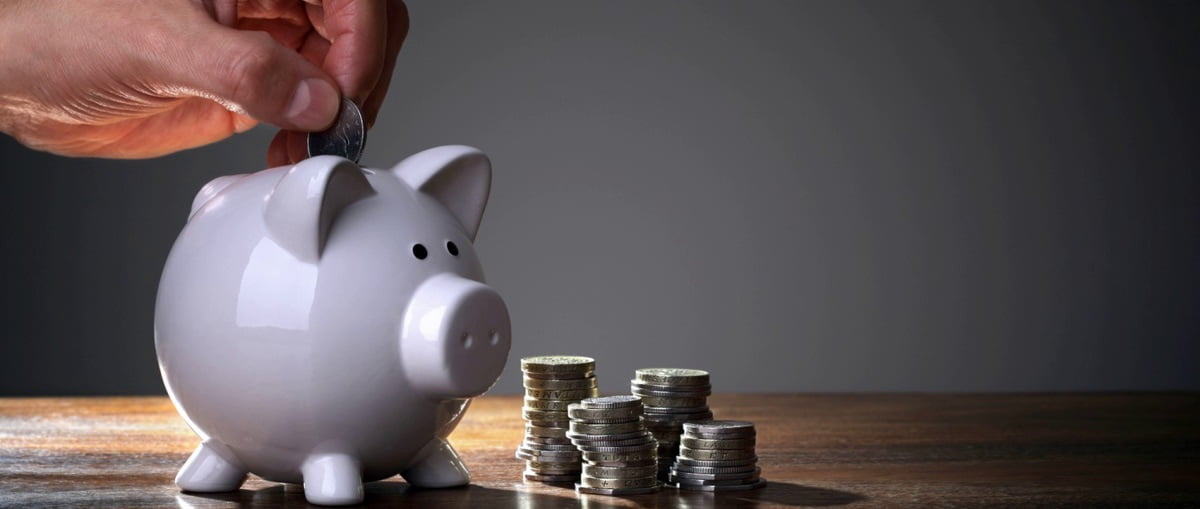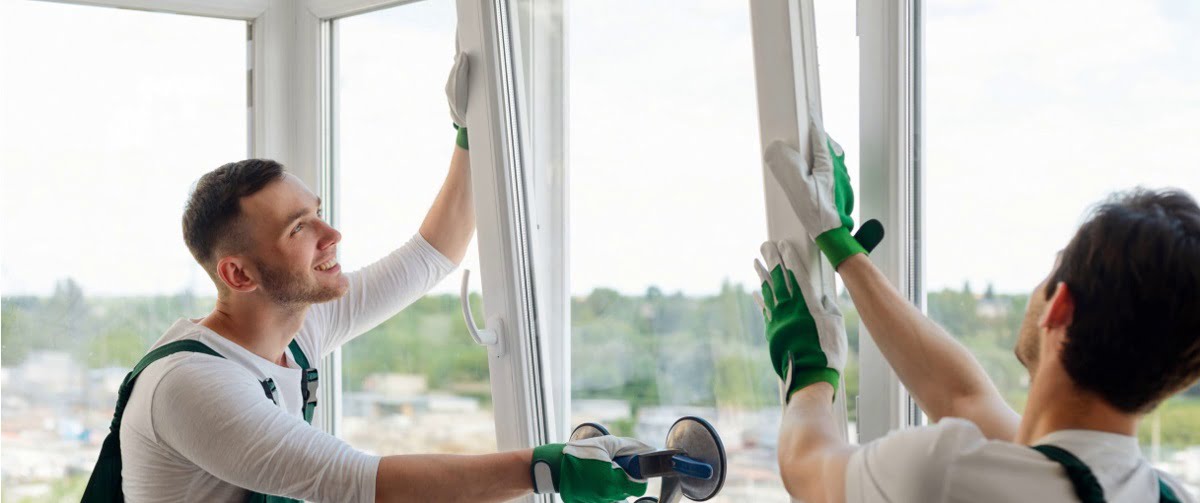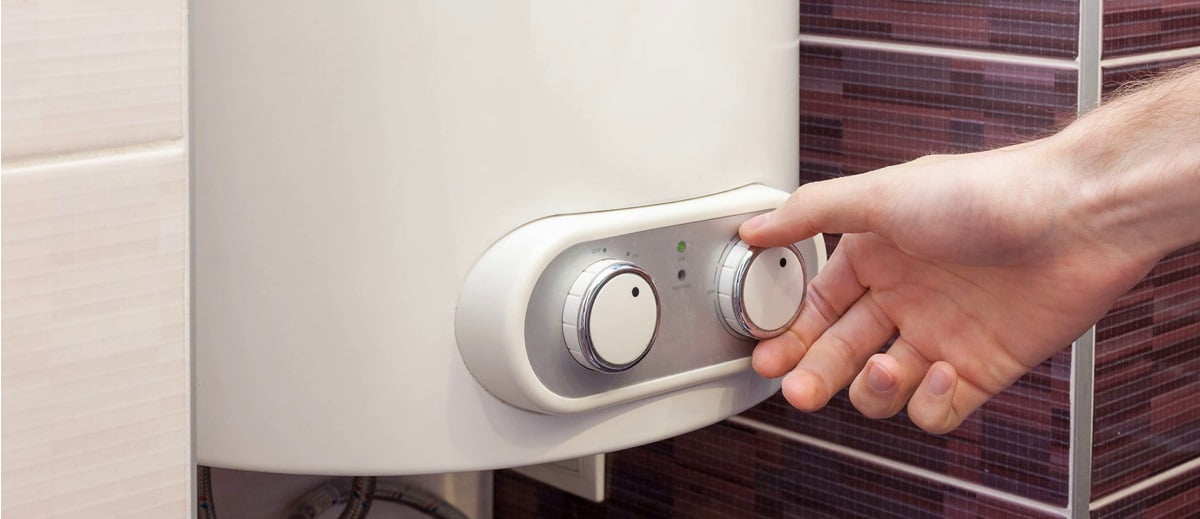
Everything you need to know to manage your appliance correctly and minimize electricity consumption, both in storage and instant models.
The main problem faced by those who own an electric water heater or are preparing to buy one, be it an accumulation or instantaneous model, is that of energy consumption. These devices, in fact, are sadly known for the considerable power absorption of the electric resistances, which constitutes about 18% of the total energy consumed in a house.
To reduce consumption as much as possible, therefore, it is necessary first of all to make a careful choice during the purchase phase; many are tempted to save and choose the cheapest models, in fact, but these rarely turn out to be convenient from the point of view of energy consumption.
The latest generation models are made with cutting-edge technologies and have an energy classification of A or higher; obviously they are characterized by a higher cost, but they have the advantage of being far more efficient and consuming less electricity compared to the economic range water heaters.
Type is also very important; storage models, for example, continue to be a favorite for home use. Since they have to heat larger quantities of water, in fact, their resistances are forced to work longer but for this reason they have a power absorption that rarely exceeds 1,200 Watts. On the other hand, even the best-selling instantaneous electric water heater has a power consumption of no less than 3,000 Watts, therefore more than double compared to a storage model.
Reduce heat loss
The choice of the type of water heater is not the only factor to consider if you want to save on your bill, even the correct installation of this appliance can actively contribute to the purpose. In fact, one of the problems of electric storage water heaters is the heat dispersion, which causes the resistance to operate more often than necessary to bring the water back to the temperature set on the thermostat.
The latest generation water heaters are lined internally with an insulating layer but this is often not enough, especially if the house is located in an area where temperatures drop a lot in winter and the water heater is installed on a wall that opens directly onto the outside. of the House. It would therefore be a good idea, during installation, to apply an additional layer of insulating material between the wall and the appliance, or to place the water heater close to an internal wall.

Adjust the thermostat appropriately
Another method of reducing the electricity consumption of the water heater is to set the thermostat to a lower temperature. The factory setting, in fact, is a temperature of 60 degrees, at which point the resistance switches off and on again only when the water begins to cool. The thermostat can be adjusted to a different temperature, however, even in the cheaper or older models, simply by moving the appropriate selector wheel.
It is obvious that the operation is easier in the latest generation models that are equipped with the display to show the exact temperature, but it is also possible to do it “by eye” in water heaters that do not have it; just adjust, paying attention to the notches on the graduated scale surrounding the thermostat regulator.
The temperature can be safely lowered up to 49 degrees without this entailing substantial variations in yield in the quantity of hot water produced; in homes located in places where winters are very harsh, this measure can only be taken in summer, but those who live in latitudes where the climate is milder can leave the thermostat fixed at 49 degrees all year round, and thus have a substantial reduction in the electrical consumption of the appliance.
Periodically clean the tank of sediments
The limestone present in the water, in the long run, settles on the internal walls of the tank and compromises the efficiency of the appliance to the point where it becomes almost impossible to limit energy consumption.
È bene quindi sottoporre lo scaldabagno a un intervento di pulizia almeno ogni tre anni, oppure due se abitate in una zona dove l’acqua è particolarmente dura e ha una concentrazione più elevata di calcare. Per la pulizia, inoltre, è meglio rivolgersi a un tecnico, perché per eseguirla correttamente lo scaldabagno dovrà essere smontato dalla parete e poi rimontato.
Spegnere l’elettrodomestico tutte le volte che è possibile farlo
Questo accorgimento è valido soprattutto per i single o per i nuclei familiari che non superano le tre persone: spegnere lo scaldabagno ogni volta che è possibile aiuta a consumare meno corrente.
In una casa abitata da un single o da una coppia con un figlio, per esempio, di solito la mattina in casa non rimane nessuno; i genitori vanno al lavoro e il figlio a scuola, quindi lasciare acceso lo scaldabagno non ha molto senso. L’assorbimento di energia durante il giorno, inoltre, è maggiore rispetto alle ore serali; se il contratto di fornitura è a fasce orarie, poi, tenere acceso lo scaldabagno solo a partire dal tardo pomeriggio e durante la notte può rivelarsi ancor più vantaggioso.
L’uso di un timer a controllo remoto, inoltre, può rivelarsi di grande aiuto nel facilitare la gestione dell’elettrodomestico, in quanto permette di accenderlo e spegnerlo anche stando fuori casa.

Ridurre il consumo di acqua calda
L’ultimo consiglio, e anche il più ovvio, riguarda le abitudini d’uso: ridurre il consumo dell’acqua calda è la maniera più efficace per risparmiare sulle spese della bolletta. Al giorno d’oggi non occorre fare particolari sacrifici in tal senso, quindi non vi si chiede di fare a meno di lavare le mani con l’acqua calda durante l’inverno, basta semplicemente installare dei soffioni a basso flusso, degli aeratori o dei rompigetto.
These small accessories make it possible to reduce the amount of water consumed from 25% to 60% and their cost is decidedly negligible; a box of medium quality aerator, in fact, contains from 10 to 20 pieces and costs from 9 to 12 euros. By applying them to all the taps and to the shower, therefore, it is possible to reduce both the consumption of water in general, not just the hot one, and therefore save both on the electricity and water bills.




Vuoi saperne di più? Scrivici!
0 COMMENTI